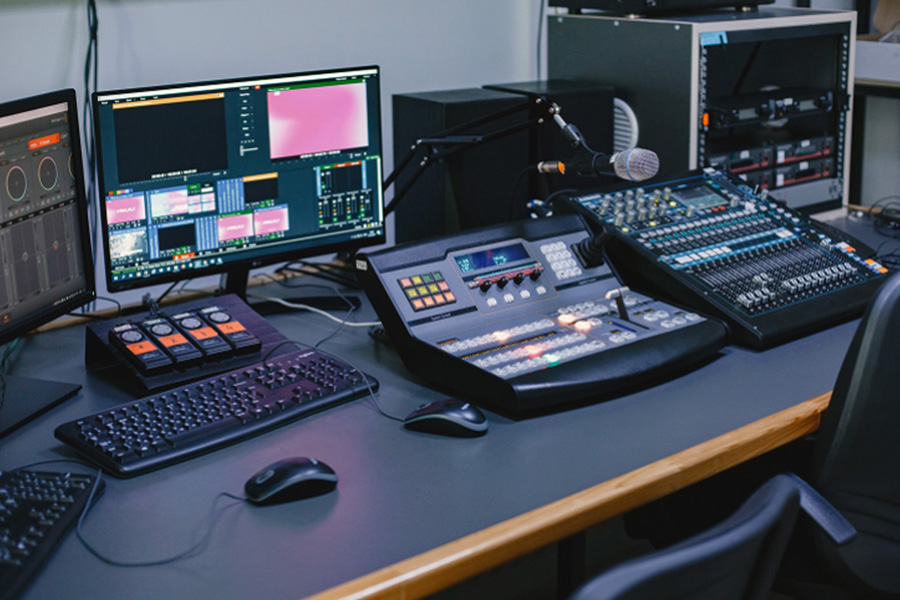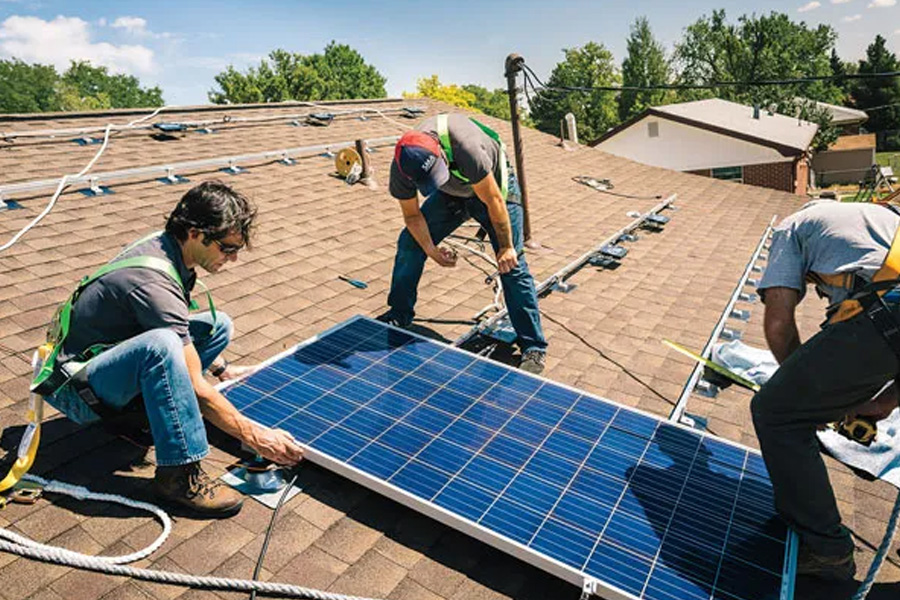Effective visual communication is at the core of every high-functioning control room, and the video wall plays a central role in that system. It’s more than simply a screen; it serves as the key interface for monitoring, analysing, and acting on critical information.
However, if the video wall is poorly situated or viewed from the wrong angles, it might reduce visibility, cause operator fatigue, and pose dangers through misread data. Proper setup is then vital in industries where downtime is not an option and quick choices are needed.
Discover the practical considerations for positioning a control room video wall and configuring optimal viewing angles for operational success.
Sightlines and Ergonomics
The first priority in video wall placement is the operator’s line of sight. Operators should be able to see the video wall in a properly designed control room without straining their neck or eyes. The centre of the video wall should ideally fall within the operator’s natural field of view when seated upright. This instance generally means the centre of the display should be positioned between 900mm to 1,500mm from the finished floor level, depending on seating height and room layout.
Horizontal sightlines are equally necessary. The video wall should be directly in front of the primary operator workstations, avoiding side angles greater than 30 degrees. Remember, visibility and content recognition drop significantly at greater angles, leading to performance degradation during long shifts.
Distance from Viewing Position
The distance between the operators and the control room video wall must consider both the pixel pitch of the display and the level of detail required. A general rule is the 3x Pixel Pitch Rule, where the minimum viewing distance (in metres) should be roughly three times the pixel pitch (in millimetres). For example, a 1.5mm pixel pitch display should have a minimum viewing distance of approximately 4.5 metres. Getting too close results in visible pixelation; too far, and the content becomes unreadable.
Smaller text and dense dashboards for control rooms using Ultra HD or 4K video walls demand closer operator seating. This makes balancing resolution with display size and room depth a critical aspect of the planning process.
Video Wall Height and Tilt Considerations
A common mistake in control room video wall installation is mounting the display too high. When operators are forced to look upwards for extended periods, it results in neck fatigue and distraction. Displays should be installed with a slight downward tilt if mounted above eye level. The top of the video wall should not exceed a 30-degree upward viewing angle from the operator’s eye position.
Tiered seating may be used in multi-row control rooms to optimise sightlines. However, it’s essential to confirm that the vertical angle from the back row still stays within ergonomic guidelines. Adjusting the bottom edge of the video wall or using curved video wall configurations can also improve visibility from peripheral positions.
Lighting and Reflection Impact
Lighting must be controlled to avoid reflections and glare on the video wall surface. Ideally, lighting fixtures should be placed parallel to the display wall to minimise direct reflection. Indirect lighting, dimmable systems, and matte-finish display surfaces help mitigate eye strain. Ambient light sensors can also be integrated into the system to auto-adjust display brightness based on room conditions.
Additionally, natural light sources such as windows should be positioned behind the video wall or controlled using blinds. High ambient light can wash out the images on even the best-quality displays if left unchecked.
Planning with Software Simulation
It is advisable to run software-based simulations of the video wall setup before physical installation. These planning tools allow designers to calculate optimal viewing distances, sightlines, and angles based on real operator seating arrangements. It ensures that design specifications are aligned with ergonomic best practices and room dimensions.
Conclusion
The proper location of a control room video wall is more than just a visual or aesthetic decision; it is an essential component of operational efficiency and user comfort. Understanding viewing angles, display distance, sightlines, and lighting conditions allows facility designers to guarantee that the video wall serves as an effective command interface rather than a visual burden. Remember, the right setup directly contributes to faster decision-making, better surveillance, and long-term operator well-being.
Visit Datumstruct CFS and let us ensure your visual setup is tailored for optimal efficiency.





